Cover art by Dawson Stout.
Masthead
Editors-in-Chief
Leon Barros
Natalee Cruz
Editorial Directors
Stephanie Berger
Jackie Braje
Tova Greene
Readers & Editors
Lisette Boer
Fi Makris
Faith-Marie McHenry
Editor’s Note
Dear Readers,
Recently, someone was walking along the Oregon coast when, in the distance, they spotted an unidentified black mass on the shore. As they got closer, they came to realize it was a carcass. Strewn upon the sand laid a lone angler fish, her football-shaped body blackened from decay, a dried bulb hanging from her forehead. Scientists say this discovery is only the thirty-sixth of its kind; a deep-sea rarity, dredged from the ocean’s depths, a sight witnessed by only a few.
The sight elicits grotesque fascination coupled with melancholy, a visceral reminder of our loneliness and animal mortality. In the issue ahead, animals run wild. Both observed and embodied, some are friendly, some fearful, some feral—some dead. From Indovina’s lovin’ bear to Abigail Swoboda’s thrashing eels, creatures abound, evoking a primal state and offering us an experience different from our own.
These days, living can feel like an exposed nerve, an animal body that cannot distinguish between itself and the world around it. Certainly, now, we feel this more than ever. As the indescribable violence in Rafah, Sudan, and the Congo and against citizens in Haiti and Uyghur Muslims in China rages on, the pleas for a ceasefire and humane resolution remain unheard. As Bazeed in “Palestinians, Balletic” demonstrates, it’s all too easy to fall into this quiet horror of erasure.
So, what are we left with, and what comes next? Thinking about the angler fish, left on that shore to the caprice of the elements, it is human instinct to be repelled. Yet one also realizes the angler fish did not appear out of nowhere. 3,000 feet below sea level, the angler fish lived in a thriving world, full of its kin and other deep-sea creatures, all trying to live with each other, from birth to death, to survive.
Our contributors remind us that it has always been we who come together to stave off this existence’s cruelty, through family, community, and even through art. As protests around the world continue to show, there will always be people who will defend the right to live, and to fight for a better future, even as some continue to deny it to others. Throughout the issue, these artists speak both to and think of other people, wondering how our animal bodies, in our encounter with the other, can be a source of terror and joy, of violence and love. For all our faults, the problem is the solution: each other.
Perhaps that angler fish can teach us something too about the unknown, that there are worlds and even futures beyond our comprehension, beyond our ability to imagine. In the final lines of “Abecedarian On Surviving | Apocalypse,” Kindall Gant writes, yesterday is today refracted | in the nightmare of yesteryear / zeitgeist of an era we dream real | tomorrow hasn’t arrived yet. Even that angler fish, 3000 miles above, ended up arriving at a strange new shore.
Warmly,
Natalee & Leon
Editors-in-Chief


